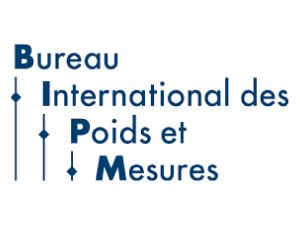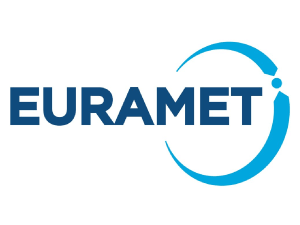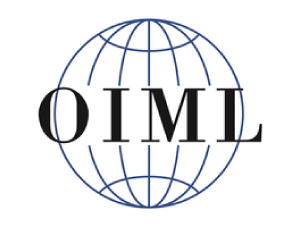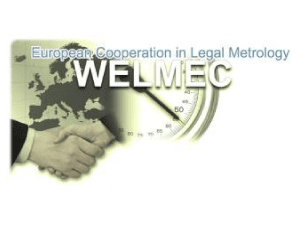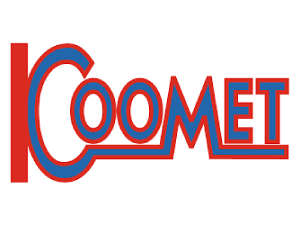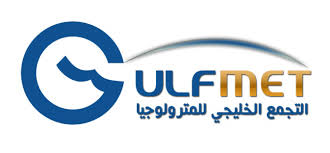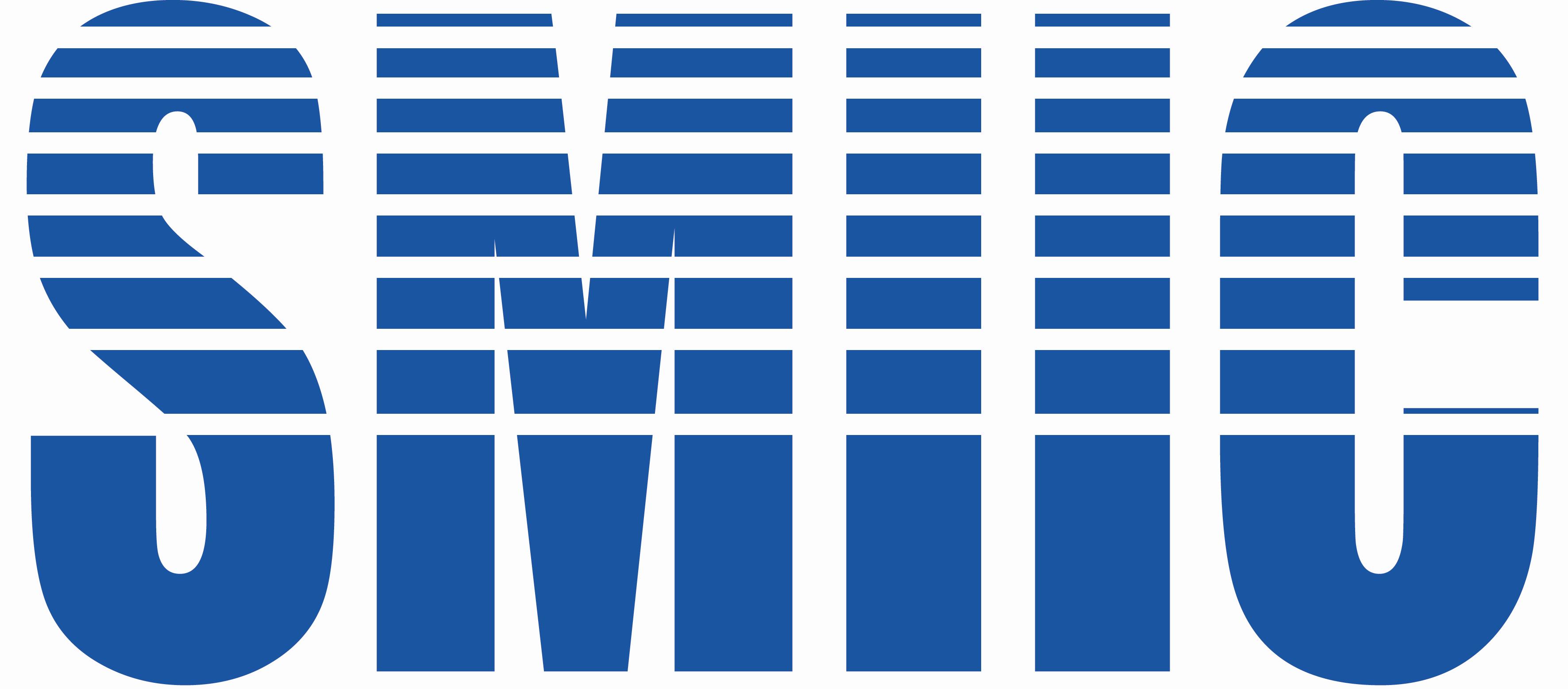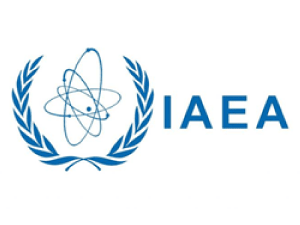
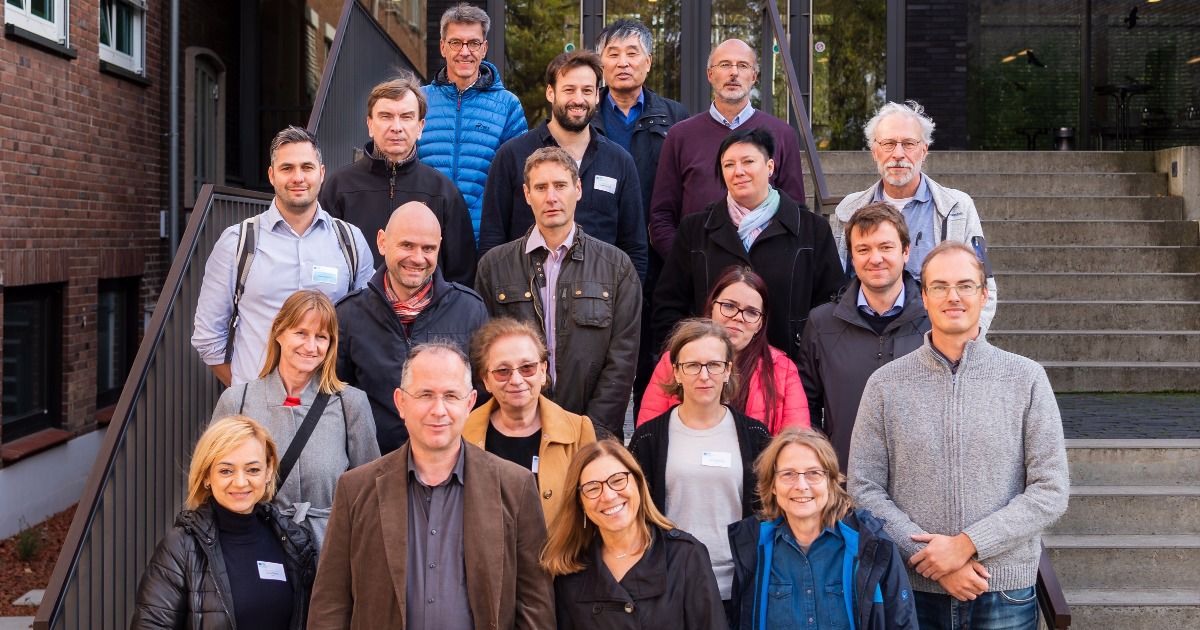
The development of metrological methodologies for establishing a correlation between primary and secondary cosmic rays (PCR and SCR), solar UV radiation, and the thickness of the ozone layer in order to assess their mutual impact on the Earth's biosphere is the goal of the project, whose consortium consists of the national metrology institutes, research institutes, universities and equipment manufacturers. The laboratory for ionizing radiation of the Institute of Metrology of Bosnia and Herzegovina is a member of a multidisciplinary consortium, which, in the next three years, will have tasks to:
• Determine the dependence of SCR on PCR and atmospheric parameters (temperature, density, aerosol concentration), based on field measurements obtained using well-characterized and traceable mobile SCR muon and neutron detectors, a novel semiconductor detector and LIDAR system for vertical atmospheric profiling;
• Identify and quantify the correlation between PRC and solar UV radiation on the ground, including their dependence on anthropogenic gas emissions using simulation and traceable measurements of ground-level muon and neutron fluxes, terrestrial solar UV irradiance, and total ozone column;
• Determine the molecular processes that affect ozone depletion and atmospheric dynamics, and provide a complete database of collision cross-sections of natural atmospheric and anthropogenic gases;
• Asses the potential effect on human health from exposure to the combined radiation fields of SCR and UV radiation in the environment using healthy human cell lines. This will be based on the simulation of environmental exposure under experimental conditions to establish correlations between radiation type and flux, and changes in cellular parameters (cell death, DNA damage and genomic instability, adhesion, and proliferation);
• Facilitate the take-up of the technology and measurement infrastructure developed in the project by the measurement supply chain (NMIs and DIs, atmospheric monitoring networks), standards developing organizations (e.g. IEC, ISO, CENELEC, CCRI (I), and EURAMET Technical Committee for Ionising Radiation (TC-IR)) and end users (e.g., health and environment regulatory bodies, research institutions focused on the environment, climate, medicine and biology, and radiological protection, and instrument manufacturers).
The consortium of this multidisciplinary project consists of 22 participants, namely:
PTB (Phisikalisch-Technische Bundesanstalt), Germany; BFKH (Budapest Fovaros Kormanihivatala), Hungary; CEA (Commissariat a l'energie atomikue et auk energies alternatives), France; CMI (Czech Metrological Institute), Czech Republic; GUM (Central Bureau of Measurement), Poland; IMBiH (Institute for Metrology of Bosnia and Herzegovina), Bosnia and Herzegovina; TUBITAK (Turkiye Bilimsel ve Teknolojik Arastirma Kurumu), Turkiye; ADVACAM (ADVACAM, s.r.o.), Czech Republic; BIRA IASB (Institut roial d'Aeronomie Spatiale de Belgique), Belgium; DTU (Danmarks Tekniske Universitet) Denmark; DVD ( Deutscher Vetterdienst), Germany; IFIN-HH (Institutul National de Cercetare-Dezvoltare pentru Fizica i Inginerie Nucleara "Horia Hulubei"), Romania; IVB (Institutul National de Cercetare-Dezvoltare in Domeniul Patologiei si Stiintelor Biomedicale "Victor Babes RA), Romania; LZH (LZH Laserzentrum Hannover e.V.), Germany; MPG (Mak-Planck-Gesellschaft zur Foerderung der Vissenschaften e.V.), Germany; NOVA (NOVA.id.FCT - Associacao para a Inovacao e Desenvolvimento da FCT), Portugal; NTUA (National Technical University of Athens - NTUA), Greece; Raimetrics (Raimetrics S.A. Development of High Technology Systems), Greece; UJF CAS (Institute of Nuclear Physics AV ČR, v.v.i.), Czech Republic; CSIC (Agencia Estatal Consejo Superior de Investigaciones Cientificas), Spain; GGO (Gigahertz Optik GmbH), Germany and IRM (Institut Royal Meteorologique De Belgique), Belgium.
The kick-off meeting of the participants in the project, which also marks the official start of the project, was held in Braunschweig, Germany on 7.-8. November 2022.
You can read more about the project at the following link: https://euramet-biosphere.eu/

